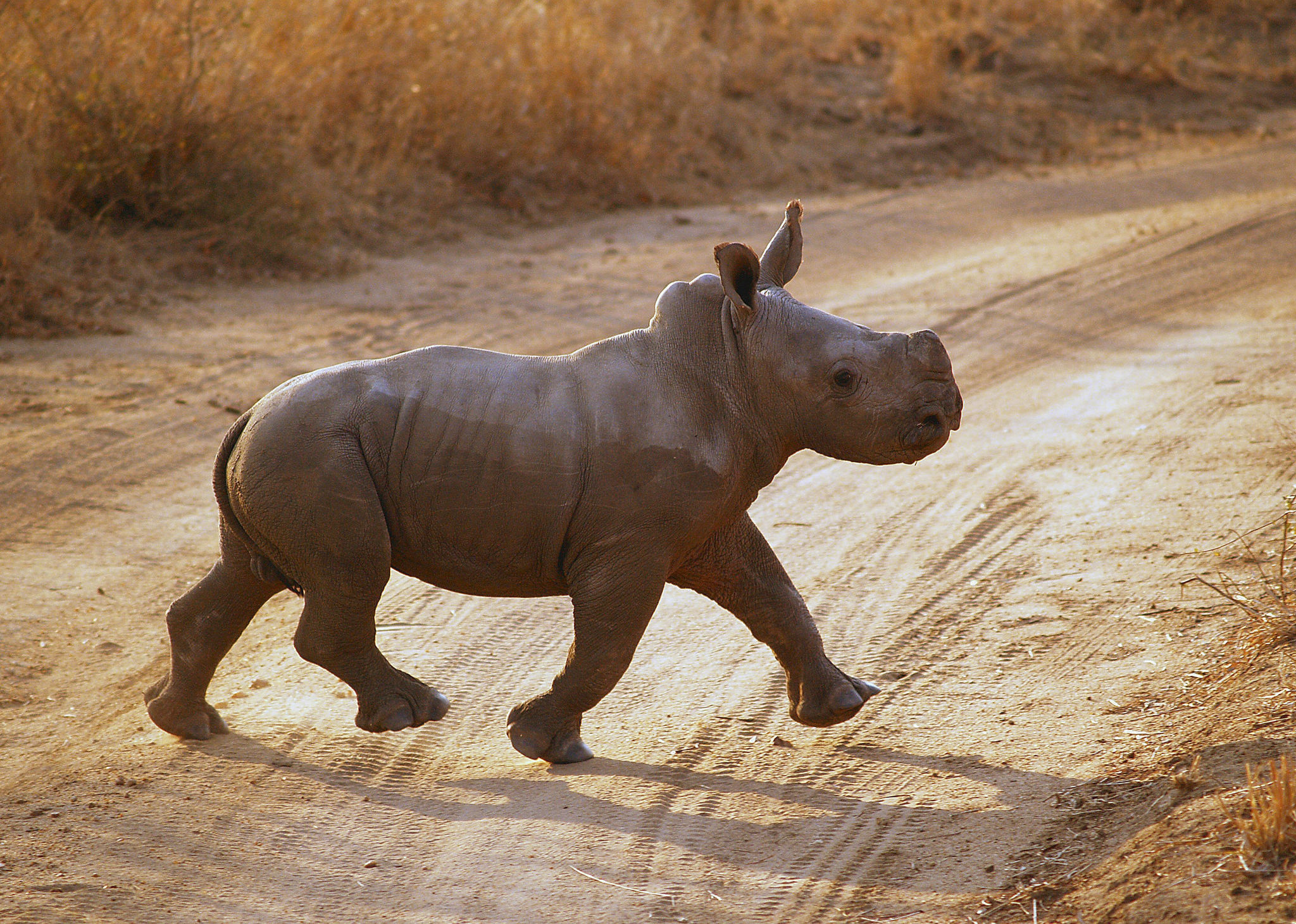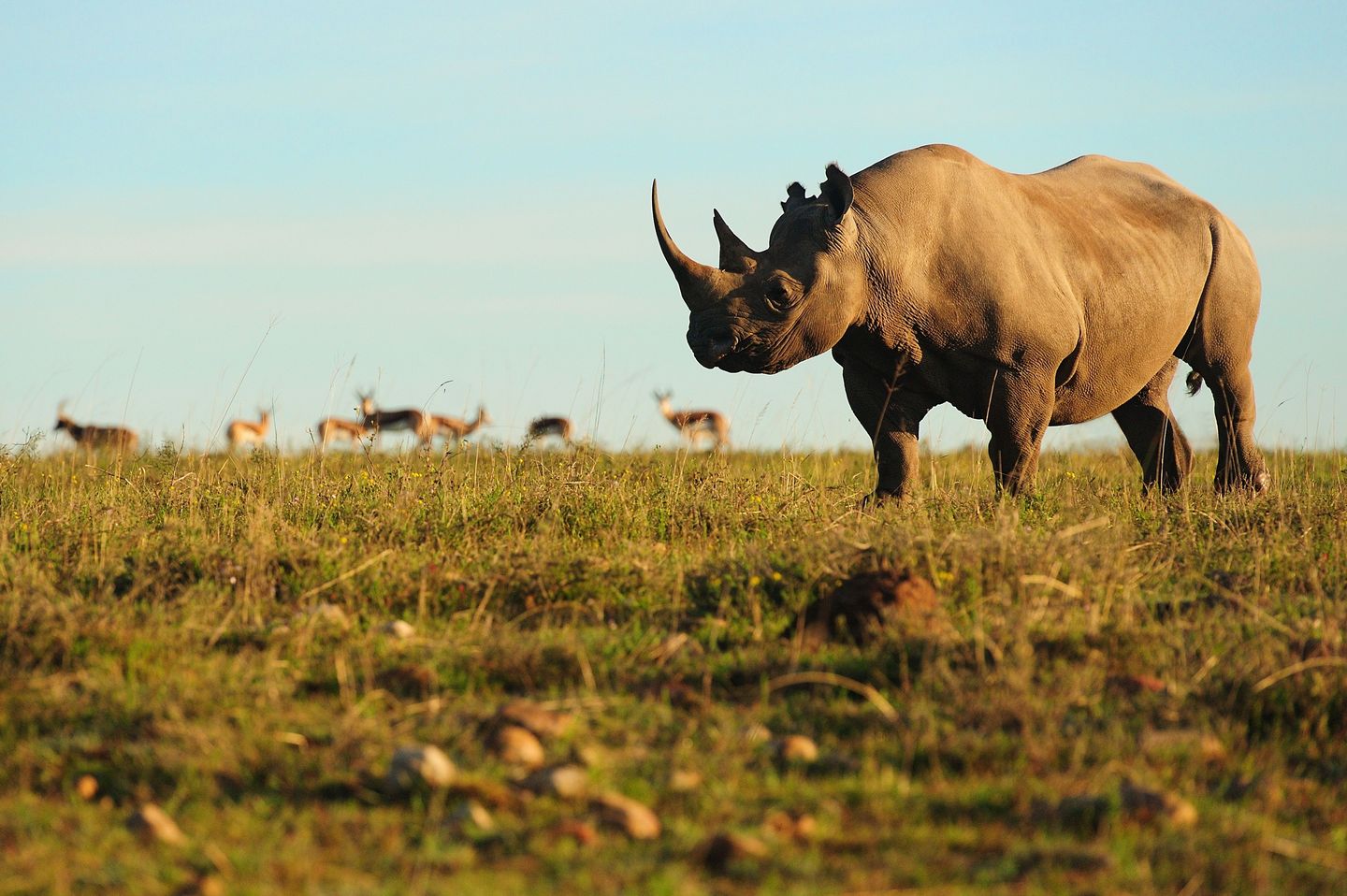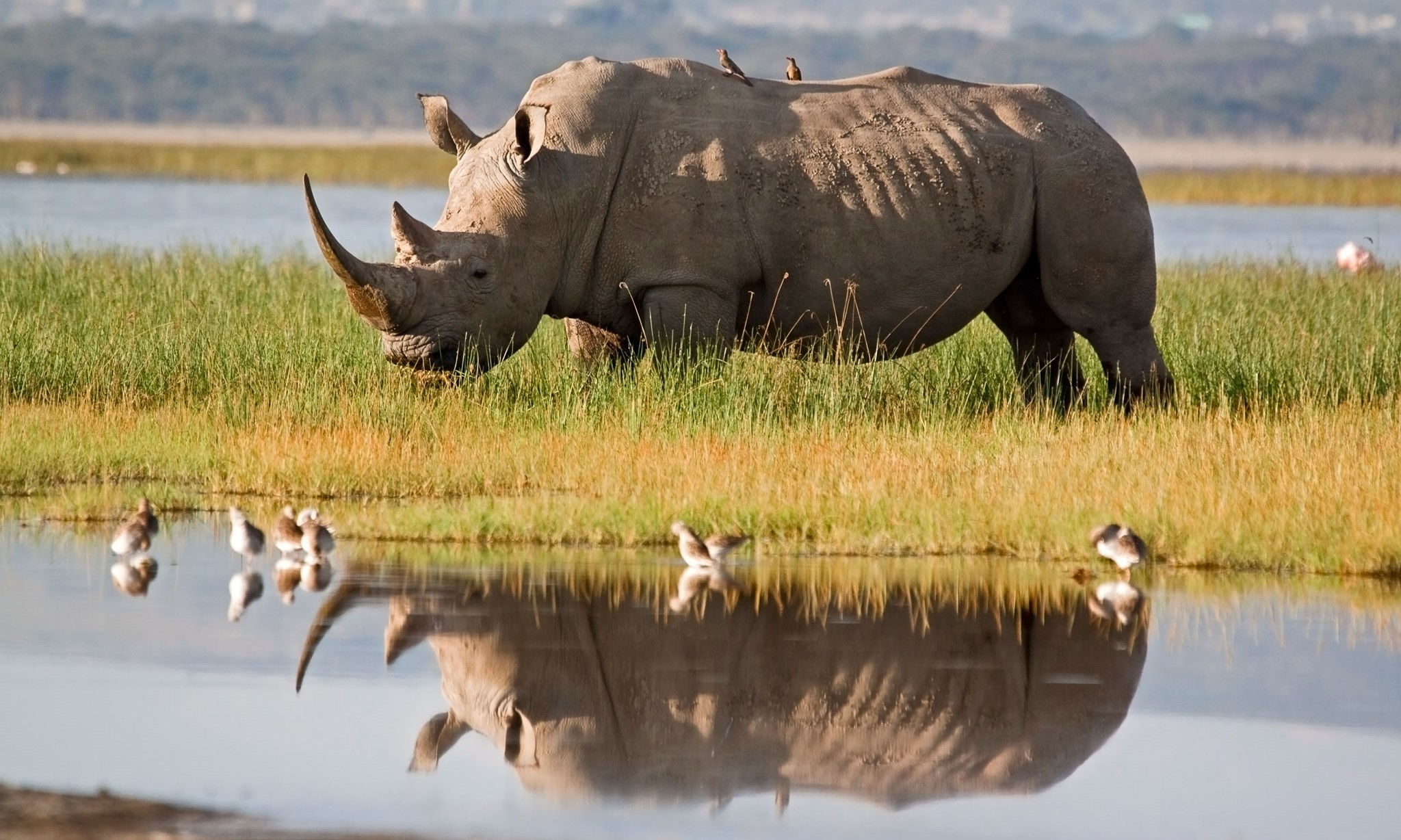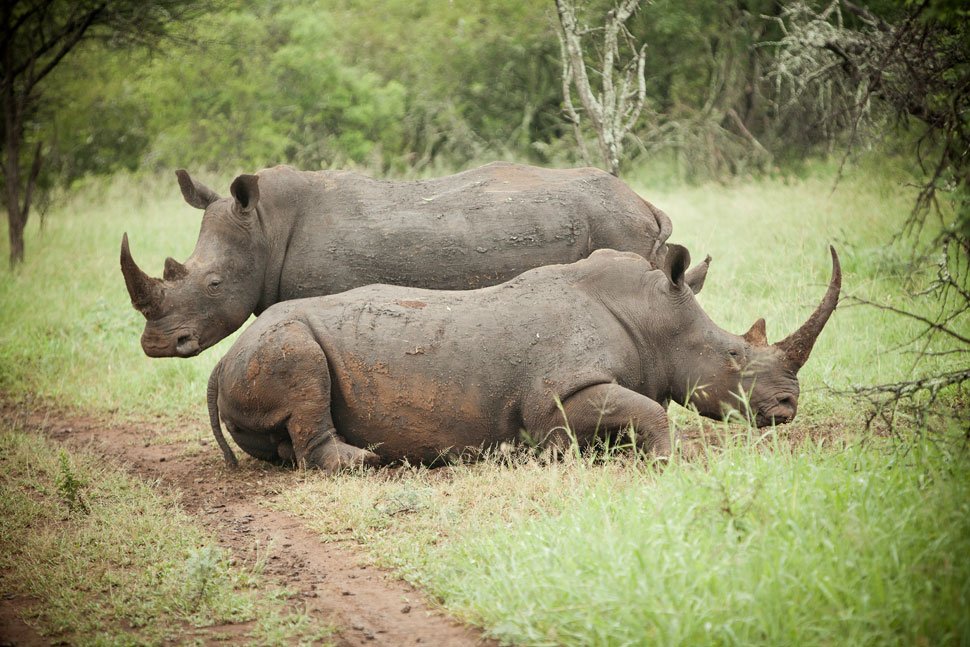Have you ever noticed the skin folds rhino’s have on their shoulders? Or the wrinkles and lines in their skin? Or why they are for ever rubbing themselves against trees? Well, Rudyard Kipling has the answer. Developing a skin as thick as a rhino is more complicated than you might have thought. For those with an imagination here’s another edition of his Just So Stories collection.

In the words of the man who wrote The Jungle Book, Rudyard Kipling, this is his story of how the rhino got his skin (with slight modifications for an easier read):

Legend has it rhinoceros’s skin fitted him quite tight. There were no wrinkles in it anywhere. Not a single wrinkle or fold was to be seen, believe it or not.

Living in co-existence with the rhinoceros was a Tswana man, from whose headpiece the rays of the sun were reflected in more-than-oriental splendour.

The Tswana man lived with nothing but his headpiece and his knife and a cooking-stove of the kind that you must particularly never touch.

One day, the Tswana man took flour and water and made himself one loaf of bread, which was two feet across and three feet thick.

But, before he could eat his loaf, one rhinoceros with a horn on his nose, two piggy eyes and a few manners, scared the Tswana man away. He quickly climbed a baobab tree, with nothing but his headpiece, from which the rays of the sun were always reflected in more-than-oriental splendour.

In the rhinoceros’ defense he was very hungry. All the same, he had no manners then, and he has no manners now, and he never will have any manners. And the rhinoceros bumped the loaf, which then rolled into the sand. He spiked that loaf on the horn of his nose, and he ate it, and he went away, waving his tail to the Tswana man in the baobab tree.

The Tswana man, very distressed by this, spoke to the sky and asked for the weather to turn hot and dry. On this very warm day, the rhinoceros went for a swim in the river, but first, he took his skin off. In those days, it buttoned underneath with three buttons and looked like a waterproof.

He waddled straight into the water and blew bubbles through his nose, leaving his skin on the banks of the river. The Tswana man found the skin and rubbed his hands and smiled one smile that ran all round his face two times.

He took that skin, and he shook that skin, and he scrubbed that skin, and he rubbed that skin with old, dry, stale, tickly breadcrumbs. He put as many crumbs in that skin as ever it could possibly hold.

Waiting up in the baobab tree, the Tswana man watched as the rhinoceros came out of the water and put his skin back on. He buttoned his skin up with the three buttons, and it tickled like breadcrumbs in bed.

Then he wanted to scratch, but that made it worse. He then he lay down on the sands and rolled and rolled and rolled. Every time he rolled the breadcrumbs tickled him worse and worse and worse.

He ran to a tree and rubbed and rubbed and rubbed himself against it. He rubbed so much and so hard that he rubbed his skin into a great fold over his shoulders, and another fold underneath, where the buttons used to be (but he rubbed the buttons off), and he rubbed some more folds over his legs.


This spoiled his temper, but that didn’t make the least difference to the breadcrumbs. And from that day to this, every rhinoceros has great folds in his skin and a very bad temper, all on account of the tickly breadcrumbs inside.

Do you know how the elephant got his trunk? We do!
More rhino-filled articles for you:
An Unlikely Encounter Between Two Rhinos and an Elephant
Walking with rhinos: A closer look at what it takes to save a species
Meet the South African Woman Who Has Rehabilitated 26 Baby Rhinos
A very good story.
IT WAS NICE AND INTERESTING TO READ.